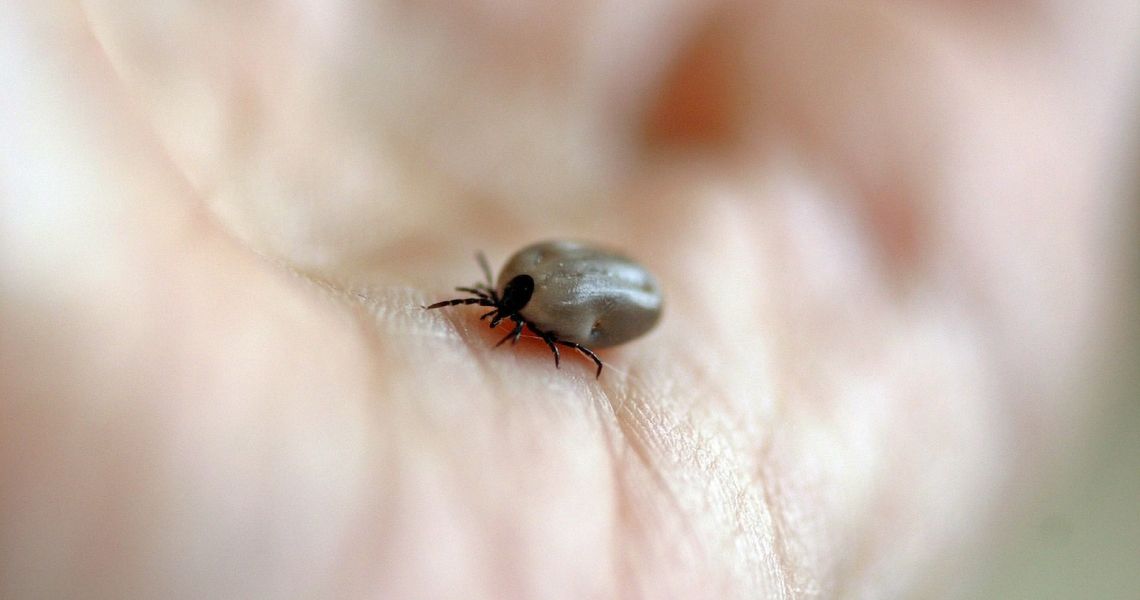Nature’s dirty needle.
That’s how Lyme disease researchers and physicians like Andrew Heyman, MD, MHSA, refer to the ticks that have spread the bacterium, Borrelia burgdorferi, throughout the northeastern, mid-Atlantic, and north-central United States.
Earlier this month, the Centers for Disease Control and Prevention reported that illnesses from mosquito, tick, and flea bites have tripled, with more than 640,000 cases reported during the 13 years from 2004 through 2016. During that time period, nine new germs spread by mosquitoes and ticks were discovered or introduced into the United States.
Lyme disease is a complex illness whose diagnosis and treatment requires a deeper understanding than just the characteristics of the infection, says Dr. Heyman. It is an often misdiagnosed, misunderstood disease that behaves in ways that makes it very difficult for standard tests to identify correctly.
Dr. Heyman, an internationally recognized expert in Integrative Medicine, sees some of the most difficult cases of this multi-system illness. He told the GW Integrative Medicine Podcast that he treats patients who have continuously sought treatment—some for months, others for years—but who have received no cure, no explanation, no answers.
He first became involved in the treatment of the disease after a group of his patients in Virginia presented with a similar pattern of symptoms, and failed to respond to conventional or integrative therapies. His attributes his aptitude for finding answers to puzzling patient presentations to his background in Traditional Chinese Medicine combined with his conventional medicine training.
“Traditional Chinese Medicine taught me how to listen very closely to patients, and to look for patterns of illness expression that sometimes escapes a standard evaluation,” says Dr. Heyman. “My research now seeks to bridge the gap between what we observe in patients and their underlying metabolic and genomic expression, especially in complex presentations.”
Three Lyme disease takeaways from Dr. Heyman:
1.) Other biotoxin exposures, such as mold, can mimic Lyme disease and therefore increase the difficulty of obtaining an accurate diagnosis. 2.) The body's reaction to a Lyme infection is a genetically mediated, Neuro-inflammatory response that can persist in about 20% of patients, even long after the infection has been treated. 3.) The consequences of chronic inflammation due to Lyme disease can be devastating, including organ injury - especially to the brain and nervous system more broadly - and even induce persistent, aberrant gene expression, leading to loss of normal cell functioning.
Related Content
- Inflammation Induced Chronic Fatiguing Illnesses: A steady march towards understanding mechanisms and identifying new biomarkers and therapies
- VCU researcher develops Lyme disease diagnostic and comes closer to creating a human vaccine
GW Integrative Medicine Podcast
Take a deeper dive into the topic by listening to this episode of the GW Integrative Medicine Podcast with tick-borne disease expert Andrew Heyman, MD, Medical Director, Integrative Medicine Programs, the George Washington University School of Medicine and Health Sciences. Download the episode from iTunes, Spotify, Sticher, or Soundcloud.


